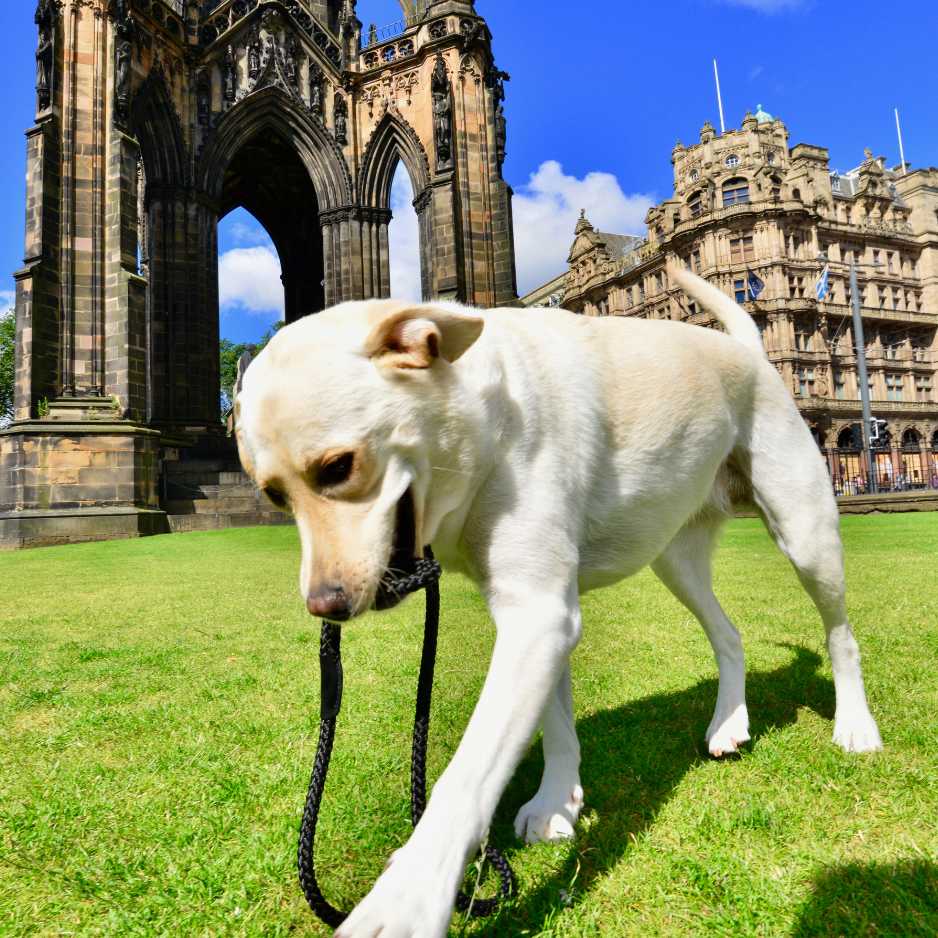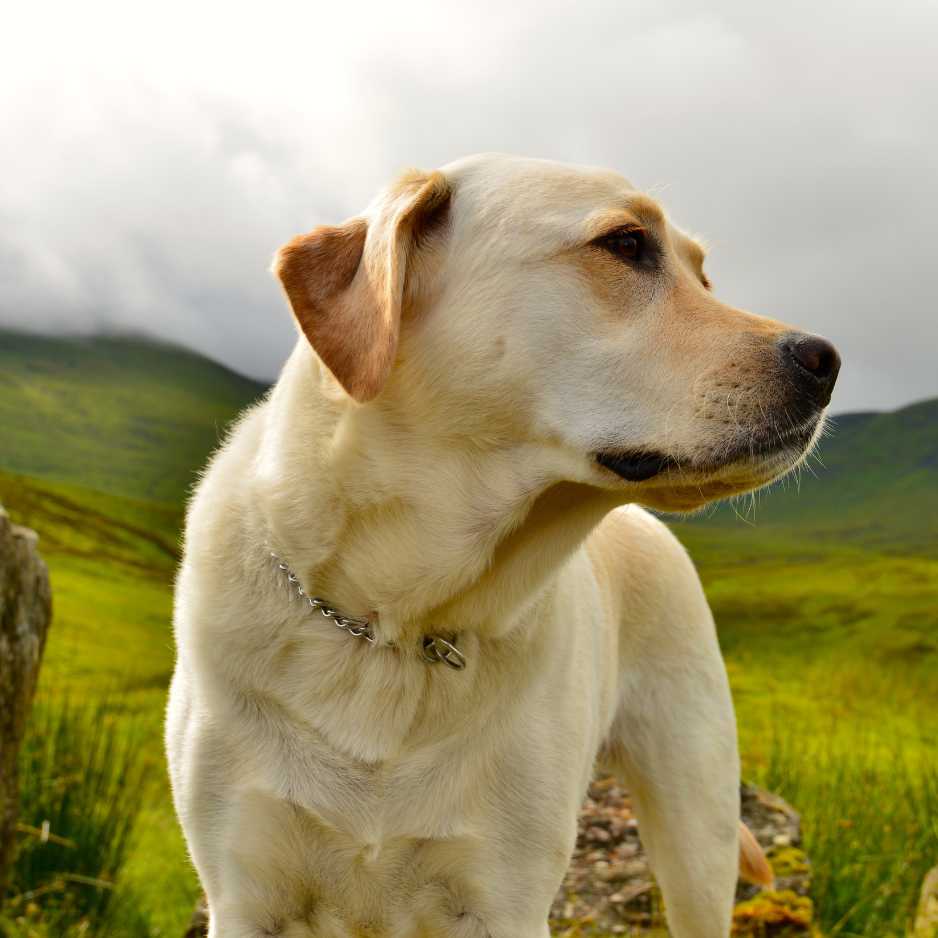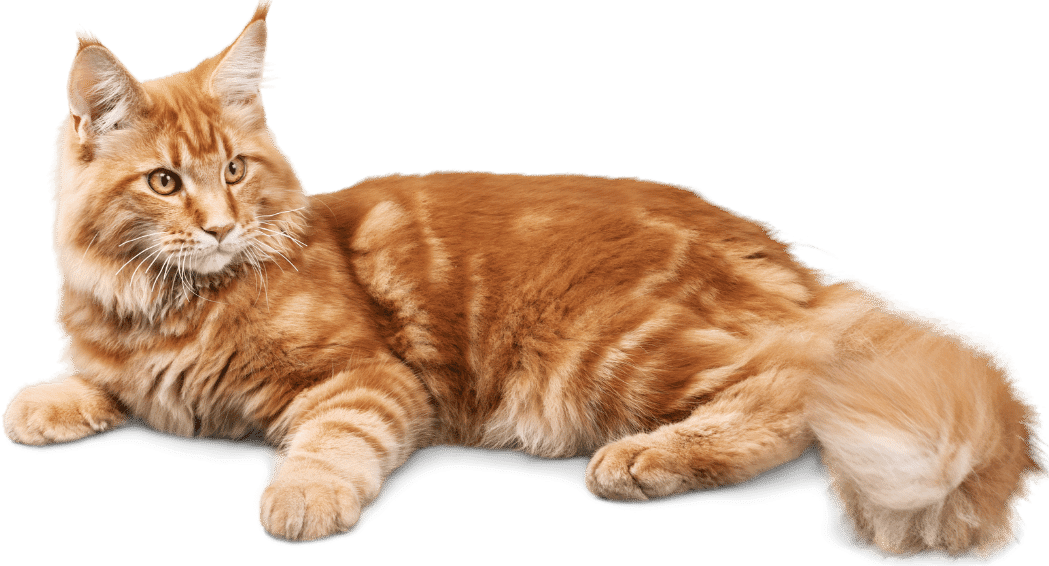Labrador Retrievers are among the most beloved dog breeds in the world, known for their friendly demeanor, intelligence, and versatility. Whether you’re considering adopting a Labrador or want to learn more about this amazing breed, you’re in the right place. In this comprehensive guide, we’ll delve into every aspect of the Labrador Retriever, from its history and physical characteristics to training tips and health considerations. By the end of this article, you’ll have a thorough understanding of what makes Labradors so special.
History of the Labrador Retrievers

The Labrador Retriever’s origins trace back to the early 19th century in Newfoundland, Canada. Originally known as the Lesser Newfoundland, these dogs were bred to assist fishermen by retrieving fish and hauling nets. Their remarkable swimming ability and keen retrieval instinct were honed through years of selective breeding.
- In the early 1800s, the breed was introduced to England, where it was further refined. It was during this period that the breed was named “Labrador” after the Labrador region of Canada. Labradors quickly gained popularity among hunters and families due to their gentle nature and excellent trainability. Today, they are one of the most recognized and favored breeds worldwide.
Physical Characteristics of Labrador Retrievers

Size and Weight
Labrador Retrievers are medium to large dogs with a sturdy, athletic build. Males typically weigh between 65 to 80 pounds, while females range from 55 to 70 pounds. The breed stands about 21.5 to 24.5 inches tall at the shoulder.
Coat and Color
Labradors have a short, dense coat that is water-resistant, making them well-suited for various weather conditions. The breed comes in three primary colors: black, chocolate, and yellow. Each coat color has its unique charm, but all Labradors share the same characteristic: an “otter” tail and a strong, muscular build.
Distinctive Features
One of the Labrador Retriever’s most notable features is its expressive, friendly eyes. Their heads are broad with a strong, square muzzle, and they have a well-defined stop. Their coat is short but dense, providing both warmth and protection.
Price in India
The price of a Labrador Retriever in India can vary based on factors such as the dog’s lineage, breeder reputation, and location. On average, you can expect to pay between ₹30,000 to ₹60,000 for a Labrador Retriever puppy. Prices may be higher for puppies with exceptional pedigrees or from renowned breeders.
Labrador Retrievers Personality and Temperament

Friendly and Outgoing
Labrador Retrievers are renowned for their friendly and outgoing nature. They are incredibly sociable dogs that get along well with children, adults, and other pets. Their enthusiasm and eagerness to please make them excellent family companions.
Intelligent and Trainable
Labradors are highly intelligent and easily trainable. Their eagerness to work and ability to learn quickly make them ideal candidates for various roles, including service dogs, therapy dogs, and search-and-rescue dogs. Training a Labrador is generally a positive experience due to their willingness to cooperate.
Energetic and Playful
This breed is known for its high energy levels and love for play. Labradors require regular exercise to keep them physically and mentally stimulated. Activities like fetch, hiking, and agility training are perfect for keeping a Labrador happy and healthy.
Labrador Health and Wellness

Common Health Issues
Like all breeds, Labrador Retrievers are prone to certain health conditions. Some common health issues in Labradors include:
- Hip and Elbow Dysplasia: This genetic condition can lead to arthritis and pain in the joints.
- Obesity: Labradors have a tendency to gain weight, so a balanced diet and regular exercise are crucial.
- Eye Conditions: Conditions such as cataracts and progressive retinal atrophy (PRA) can affect Labradors.
- Ear Infections: Their floppy ears can trap moisture and debris, leading to infections.
Lifespan
Labrador Retrievers have a lifespan of approximately 10 to 12 years. Regular vet check-ups, a balanced diet, and proper exercise can contribute to a longer, healthier life.
Grooming Needs
Labradors have relatively low grooming needs. Their short coat sheds seasonally, so regular brushing can help manage shedding and reduce hair around the house. Bathing should be done as needed, and it’s important to check their ears regularly for signs of infection.

Labrador Diet and Nutrition

Balanced Diet
A well-balanced diet is essential for a Labrador’s overall health. High-quality dog food that meets their nutritional needs is recommended. Look for products with a good balance of protein, fats, and carbohydrates.
Portion Control
Due to their propensity for weight gain, portion control is vital. Follow the feeding guidelines provided by your vet or the dog food manufacturer to prevent overfeeding. Avoid giving too many treats and ensure that treats make up no more than 10% of their daily calorie intake.
Labrador Retrievers Exercise and Training Needs

Exercise Requirements
Labrador Retrievers require ample exercise to stay fit and mentally stimulated. Aim for at least 1 hour of exercise per day, including activities like walking, running, or playing fetch. Engaging in interactive games can help satisfy their need for physical activity.
Training Tips
Training a Labrador can be an enjoyable experience due to their intelligence and eagerness to please. Use positive reinforcement techniques, such as treats and praise, to encourage good behavior. Consistent training and socialization from an early age can help prevent behavioral issues.
Labrador Retrievers Living Conditions

Ideal Environment
Labrador Retrievers are adaptable and can thrive in various living conditions. They do well in both urban and rural settings, provided they receive sufficient exercise and mental stimulation. A home with a secure yard is ideal, but they can also adapt to apartment living if their exercise needs are met.
Family Dynamics
Labradors are excellent family dogs and are known for their patience and gentleness with children. They enjoy being part of family activities and can adapt to various family dynamics. Their friendly nature makes them a great addition to households with other pets as well.
Labrador Working Roles and Activities

Service and Therapy Work
Labrador Retrievers excel in service and therapy roles due to their intelligence and gentle disposition. They are often trained as guide dogs for the visually impaired, therapy dogs for emotional support, and assistance dogs for individuals with disabilities.
Hunting and Retrieving
Originally bred for hunting and retrieving, Labradors continue to excel in these roles. Their natural instincts make them exceptional hunting companions, and their ability to retrieve objects makes them valuable in various field activities.
Fun Facts About Labrador Retrievers

- Top Ranking: Labrador Retrievers have consistently been one of the most popular dog breeds in various countries, including the United States and the United Kingdom.
- Famous Labs: Several notable Labradors have achieved fame, including service dogs like K9 teams and therapy dogs who have provided comfort during times of crisis.
- Versatile Skills: Beyond their roles in service and therapy, Labradors are also skilled in competitive sports such as agility and obedience.
Conclusion
Labrador Retrievers are a fantastic breed known for their friendly nature, intelligence, and versatility. Whether you’re looking for a loyal family companion, a working dog, or a playful friend, Labradors fit the bill perfectly. With their rich history, unique characteristics, and various roles, Labradors offer something special for everyone.
- By understanding their needs, health considerations, and the joys they bring, you’ll be better prepared to provide a loving and fulfilling home for this remarkable breed. If you’re considering bringing a Labrador Retriever into your life, you’re in for a rewarding experience filled with companionship, fun, and unconditional love.
Frequently Asked Questions About Labrador Retrievers
Is Labrador a friendly dog?
Yes, Labrador Retrievers are known for being very friendly, outgoing, and good-natured. They are typically great with people, children, and other pets, making them one of the most popular family dogs.
Why is Labrador expensive?
Labrador Retrievers can be expensive due to several factors:
Pedigree: Labradors with champion bloodlines or specific traits may be more expensive.
Breeding Costs: Responsible breeders invest in health testing, proper care, and quality nutrition for the dogs.
Popularity: Labradors are one of the most popular breeds, driving up demand.
Health Guarantees: Reputable breeders often provide health guarantees, which adds to the cost.
Training and Socialization: Some Labradors are partially trained or socialized before sale, increasing their value.
What is special about a Labrador?
Labrador Retrievers are special for several reasons:
Good with Kids: Their patient and tolerant demeanor makes them ideal for homes with children.
Friendly Nature: They are known for their gentle, friendly, and social temperament, making them excellent family pets.
Intelligence: Labs are highly intelligent and easy to train, excelling in obedience, service work, and various dog sports.
Versatility: They are versatile dogs, commonly used in roles like search and rescue, therapy, hunting, and as guide dogs.
Loyalty: Labs are incredibly loyal and form strong bonds with their owners.
Energy and Playfulness: Their playful and energetic nature makes them great companions for active individuals and families.
How often should I groom my Labrador Retriever?
Labradors should be brushed weekly and bathed every 4-6 weeks. They shed year-round, with heavier shedding in spring and fall.
When do Labrador Retrievers stop growing?
Labs typically stop growing in height by 12-18 months but may continue to fill out until they are around 2 years old.
Labrador price in India?
The price of a Labrador Retriever in India can vary depending on several factors like the breeder, location, pedigree, and whether the dog is registered with a kennel club. On average, the cost ranges between ₹15,000 to ₹40,000. However, Labradors with champion bloodlines or those purchased from reputable breeders can cost upwards of ₹50,000 to ₹1,00,000 or more
Are labrador retriever guard dogs?
Labrador Retrievers are not typically considered guard dogs. They are known for their friendly, social, and gentle nature, which makes them excellent family pets but not ideal for guarding. Labradors are more likely to greet strangers with enthusiasm rather than show aggression or protectiveness. While they may bark to alert their owners of unfamiliar people, they lack the territorial instincts and assertiveness found in traditional guard dog breeds like German Shepherds or Rottweilers.
How can I prevent my Labrador Retriever from chewing on things?
Provide plenty of chew toys, ensure they get enough exercise, and use positive reinforcement to teach them what is appropriate to chew.








